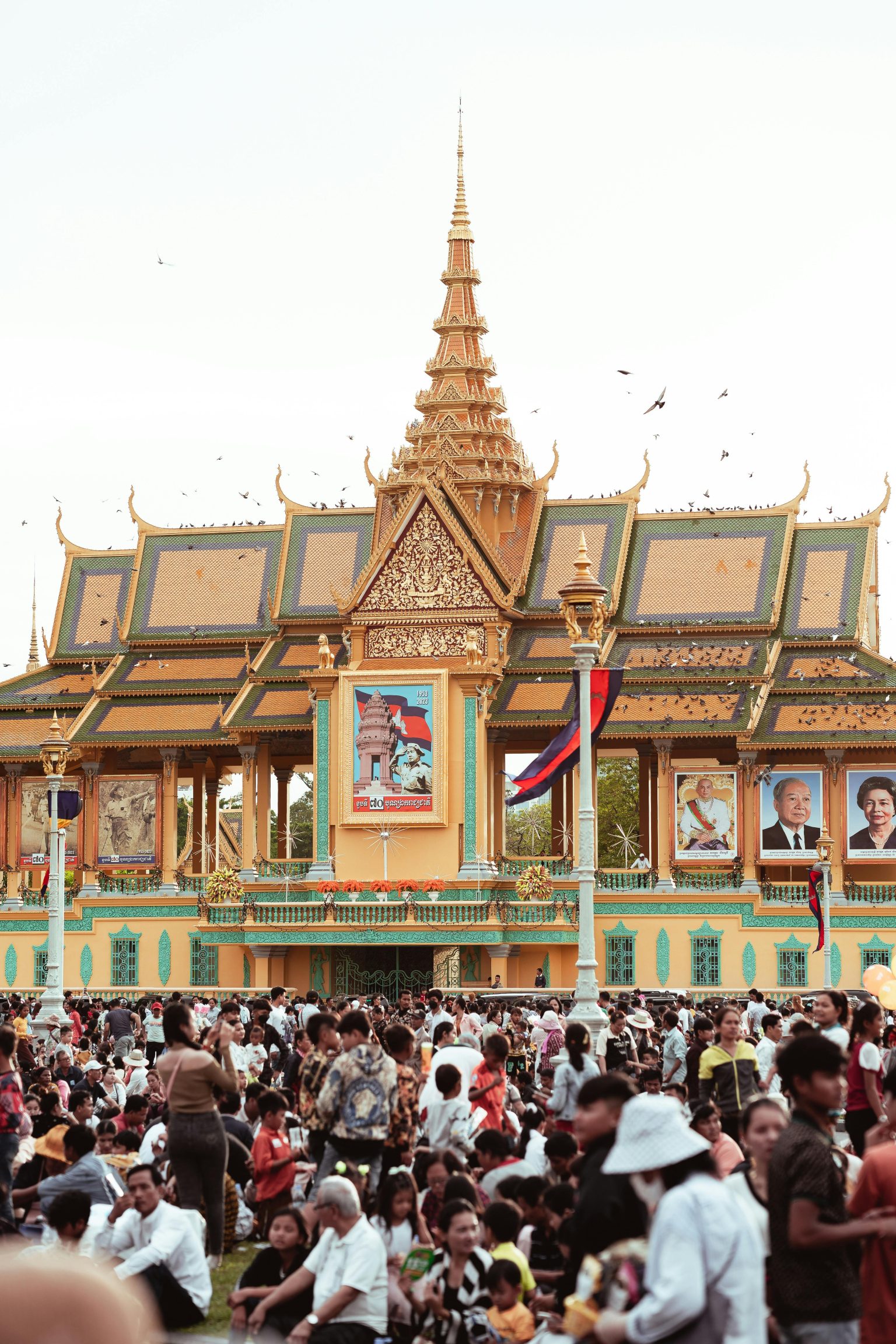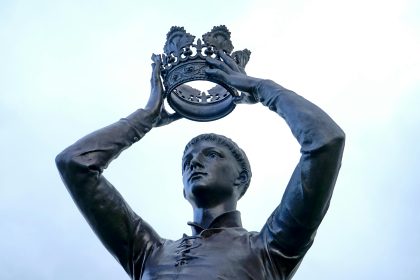The Royal Palace of Phnom Penh is a magnificent testament to Cambodia’s rich cultural heritage and historical significance. Nestled in the heart of the capital city, this sprawling complex attracts thousands yearly visitors, drawing them into a world where architecture, history, and spirituality intertwine. As the official residence of the King of Cambodia, the Royal Palace is a symbol of national pride and a key player in the country’s royal traditions and ceremonies.
Historical Context
The Royal Palace was established in the 1860s during the reign of King Norodom I. The location was chosen for its strategic position along the Tonle Sap River’s banks, providing both beauty and accessibility. The site was originally home to the royal family of the Khmer Empire. Still, the palace as it stands today was designed to reflect the grandeur of Khmer architecture while incorporating elements from French colonial styles, reflecting the country’s tumultuous history of colonialism.
The palace has witnessed significant events throughout history, from royal ceremonies to political upheaval. During the Khmer Rouge regime in the 1970s, the palace fell into disrepair, and many of its treasures were lost or destroyed. However, following the regime’s fall, efforts were made to restore the palace and its grounds, allowing it to reclaim its status as a symbol of national identity and cultural heritage.
Architectural Marvels
The Royal Palace complex spans over 174,000 square meters and comprises several stunning buildings and gardens. The architecture is primarily inspired by traditional Khmer design, characterized by intricate details, vibrant colors, and ornate decorations. One of the most notable structures within the complex is the Silver Pagoda, also known as Wat Preah Keo Morakot.
The Silver Pagoda
The Silver Pagoda is named for its floor, covered with over 5,000 silver tiles. Each tile weighs around one kilogram, creating a striking visual effect. The pagoda houses an impressive collection of Buddhist artifacts, including a life-sized golden Buddha adorned with 9,584 diamonds and a crystal Buddha statue. Visitors to the Silver Pagoda often find themselves mesmerized by the golden stupa and the elaborate decorations that reflect religious significance and artistic craftsmanship.
The Throne Hall
Another architectural gem within the palace complex is the Throne Hall, Chan Chaya Pavilion. This grand structure hosts royal ceremonies and celebrations. The hall features a beautifully adorned interior, with a high ceiling embellished with intricate carvings and murals depicting scenes from Khmer history and mythology. The Throne Hall epitomizes regal elegance and reminds us of the monarchy’s enduring presence in Cambodian culture.
The Moonlight Pavilion
The Moonlight Pavilion, or “Phnom Preah Reach Trop,” is another highlight of the Royal Palace. This pavilion is used for official receptions and ceremonies, showcasing the grandeur of Khmer architecture. It is adorned with golden eaves and exquisite detailing that reflect the artistic prowess of Cambodian craftsmen. The pavilion’s design emphasizes the harmony between function and beauty, serving as a space for celebration and reflection.
The Gardens
Surrounding the Royal Palace are beautifully manicured gardens that serve as a peaceful escape from the bustling city. The gardens are meticulously maintained and feature a variety of tropical plants, flowers, and ornamental trees. Visitors can stroll through the serene paths, taking in the tranquility of the environment while admiring the striking views of the palace buildings.
The gardens also hold significant cultural importance, often the site of traditional ceremonies and celebrations. The vibrant flowers and lush greenery create a picturesque backdrop for important events, reinforcing the connection between nature and Cambodia’s royal heritage.
Cultural Significance
The Royal Palace is a stunning architectural marvel and a vital part of Cambodia’s cultural fabric. It is the focal point for many royal ceremonies, including coronations, religious festivals, and national celebrations. The palace reminds us of Cambodia’s enduring monarchy, which has been a source of stability and cultural continuity throughout the country’s turbulent history.
The royal family’s presence is deeply embedded in Cambodian society, and the palace symbolizes the connection between the monarchy and the Khmer people. The rituals and ceremonies held at the palace strengthen this bond, fostering a sense of national pride and unity among Cambodians.
Visiting the Royal Palace
For those planning to visit the Royal Palace, there are a few essential tips to enhance the experience. First and foremost, visitors are required to dress modestly, reflecting the site’s cultural significance. Long pants and sleeved shirts are recommended, and those not adhering to the dress code may be denied entry.
The palace is open to the public, but certain areas may be restricted during official events or royal ceremonies. It is advisable to check the schedule of events beforehand to ensure a smooth visit. Guided tours are available, providing insights into the complex’s history, architecture, and cultural significance.
Exploring the Surrounding Areas
The Royal Palace is conveniently located near other significant attractions in Phnom Penh. Visitors can easily explore the National Museum of Cambodia, home to an extensive collection of Khmer artifacts, or visit the nearby Wat Phnom. This historic temple offers panoramic views of the city. The vibrant local markets and bustling streets surrounding the palace also provide a taste of everyday life in Phnom Penh, allowing visitors to immerse themselves in the local culture.
Conclusion
The Royal Palace of Phnom Penh is a magnificent symbol of Cambodia’s rich heritage, reflecting the country’s storied past and vibrant culture. With its stunning architecture, historical significance, and cultural importance, the palace remains a must-visit destination for anyone seeking to understand the essence of Cambodian identity. As visitors wander through its gilded halls and lush gardens, they are transported into a world where history and tradition come alive, leaving them with a profound appreciation for the enduring legacy of Cambodia’s royal heritage.



